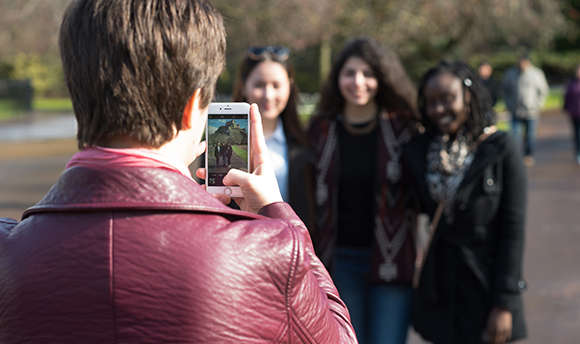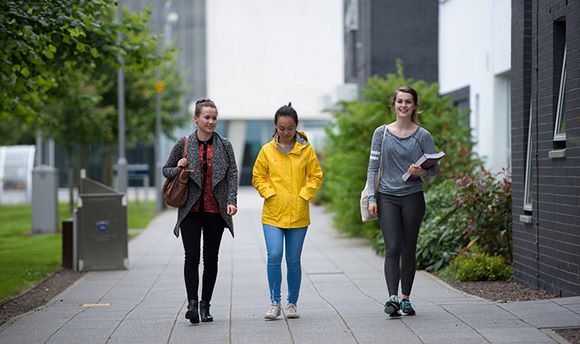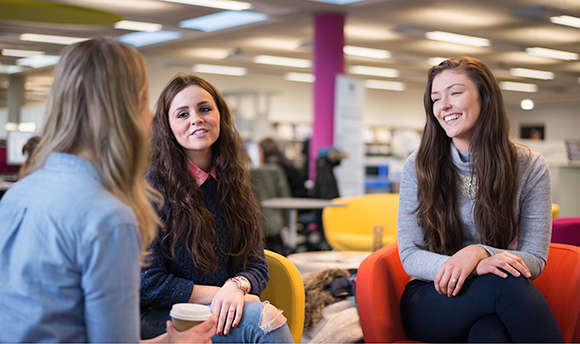Q&A with Brendan McCormack on Osteoporosis and the Lydia Osteoporosis Project
Q&A with Professor Brendan McCormack on the Lydia Osteoporosis Project.
╠¤
Q: Tell us exactly what osteoporosis is.
"Osteoporosis is a disease that makes bones more porous and reduces their density - often the spine is the most affected followed by hips and wrists - which results in increased bone fragility. This means people with osteoporosis have a much higher risk of low-trauma (minimal force) fractures - simply falling from a standing height or less can cause fractures in those with osteoporosis. In fact, osteoporosis accounts for around 300,000 fractures per year in the UK."
Q: How many people are affected by osteoporosis? WhatтАЩs causing it to become such a big problem for so many people?
"As it stands, osteoporosis affects more than three million people in the UK, including 250,000 in Scotland. Interestingly, rates of fractures in men and women age 50+ are greater in Scotland than elsewhere in the United Kingdom and women aged 50+ in Scotland are known to be at higher risk of fragility fractures than their counterparts in London. The economic burden of new and prior fractures in the UK is ┬г3,496 million each year, and itтАЩs estimated that by 2025 that burden will increase to ┬г5,465 million. And thatтАЩs not to mention the cost to the wellbeing of people with osteoporosis."
From 2012, as part of a series of osteoporosis education workshops we ran for our Lydia Osteoporosis Project, we gave a number of NHS staff members the opportunity to wear an тАШosteoporosis suitтАЩ and experience some of the challenges that come with having the disease. Participants reported fear of falling; feeling especially vulnerable; being unable to make eye contact; slowness doing activities and heightened anxiety. They came away from the workshop with enhanced recognition of the need to not hurry people with osteoporosis and to carefully consider their moving and handling techniques.
╠¤Q: WhatтАЩs the Lydia Osteoporosis Project?
"The Lydia Osteoporosis Project is a research and education programme run by ╣·▓·┬╥┬╫ thanks to the incredible philanthropic support of anonymous donors. It started in 2011 and aims to raise awareness of osteoporosis and the increased risk of fracture among allied health profession students and frontline healthcare staff who care for people with the condition."
╠¤
The project focuses on investigating mobility implications for people with osteoporosis, and the moving and handling of older people in acute care in the first and second phases of the project and within the third phase we focused on community settings. The Lydia Osteoporosis Plus project takes the research findings from the previous phases to a wider implementation phase and embraces the significant public health/ bone health agenda across different age groups. We aim to promote person-centred, safe and effective practice, which we do through raising awareness of how common osteoporosis is in the ageing population, the importance of promoting bone and musculoskeletal health and the high risk of low trauma or fragility fractures.
Q: Where can I find out more?
A: ThereтАЩs some really great information and resources on the Lydia Osteoporosis website. You can also register to attend our next open source online learning programme, called тАШCaring 4 my BonesтАЩ. More than 250 students and clinicians from around the world have completed the programme so far тАУ weтАЩre very proud of it and weтАЩre looking forward to expanding its reach in the future.



